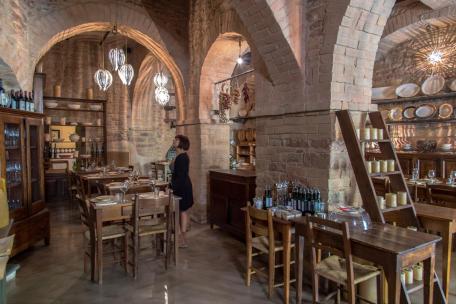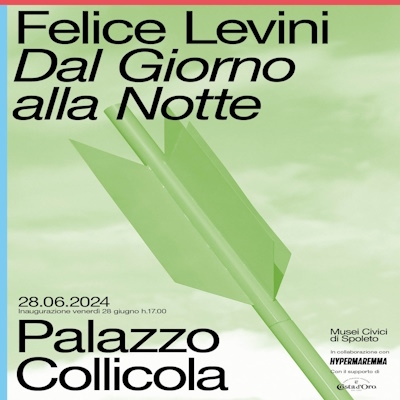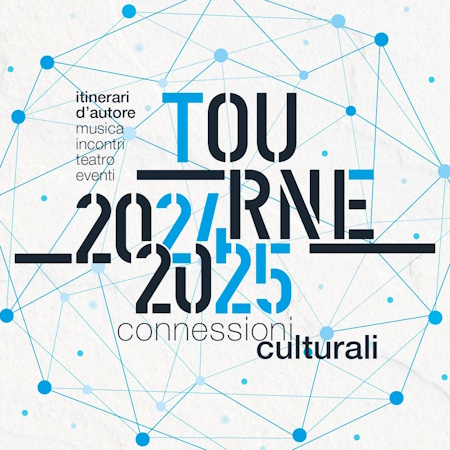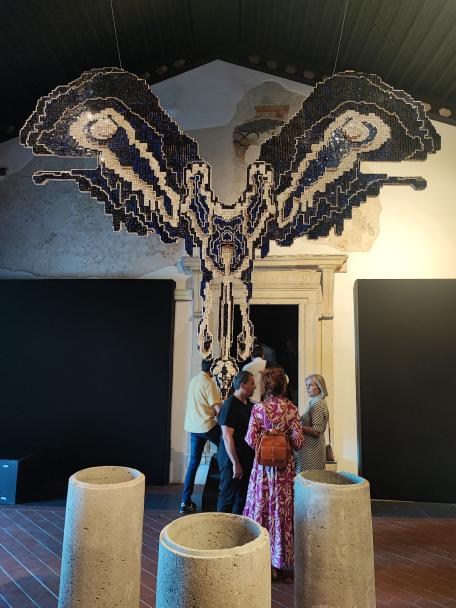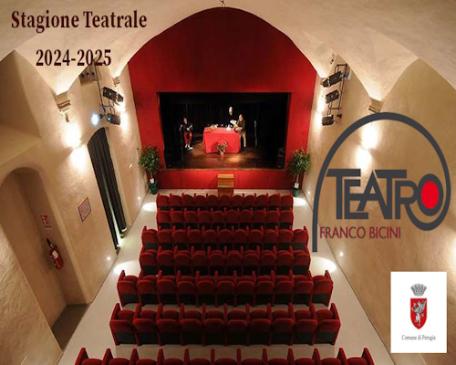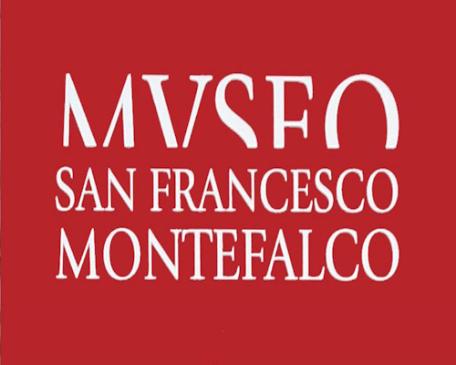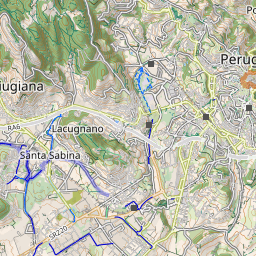Water gushes in the city of Perugia thanks to its numerous fountains, and we propose an original itinerary to admire their beauty and discover their history.
Urban Trekking in Perugia - Urban Trekking in Perugia
Cultura Urban trekking
Urban trekking
Urban trekking in Perugia, the tour of the fountains
2968346 Urban trekking Urban trekking in Perugia, the tour of the fountains Urban trekking Cultura 1
A route among the fountains of Perugia, the city that astounded Italy in the Middle Ages because, in the words of Uguccione Ranieri di Sorbello, 'water rose instead of descending'
Neptune's Fountain:
slide 1 of 1
Fonte Lomellina
slide 1 of 1
La Sirena e la Bimba al sole
slide 1 of 1
Fontana Maggiore
slide 1 of 1
Fountain in Via Maestà delle Volte
slide 1 of 1
Piscinello Fountain
slide 1 of 1
Fonte dell'Arco Etrusco
slide 1 of 1















